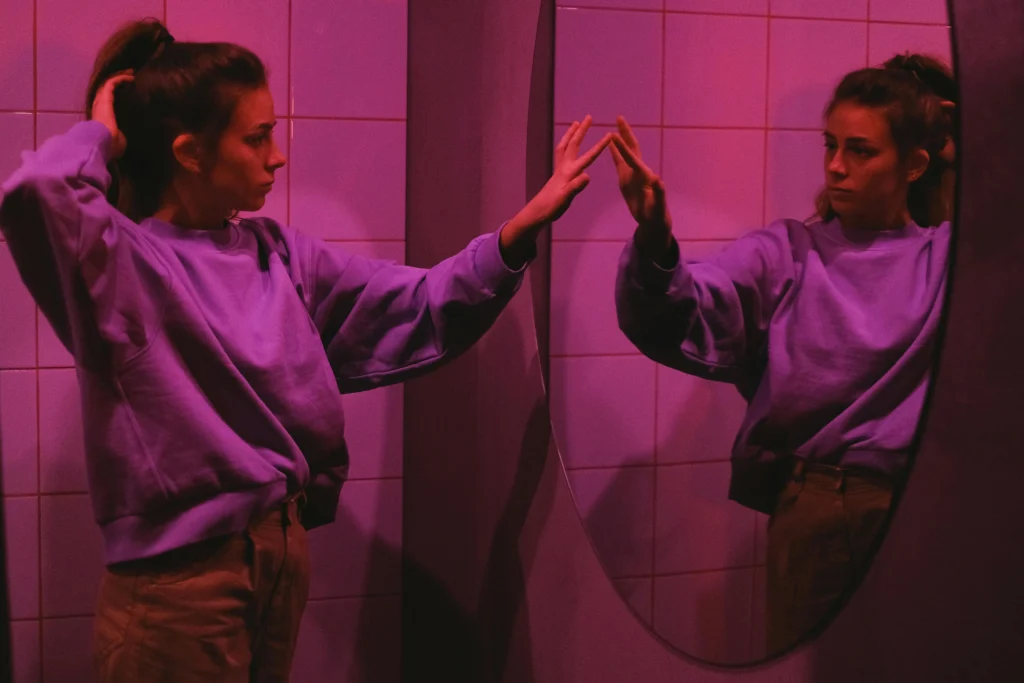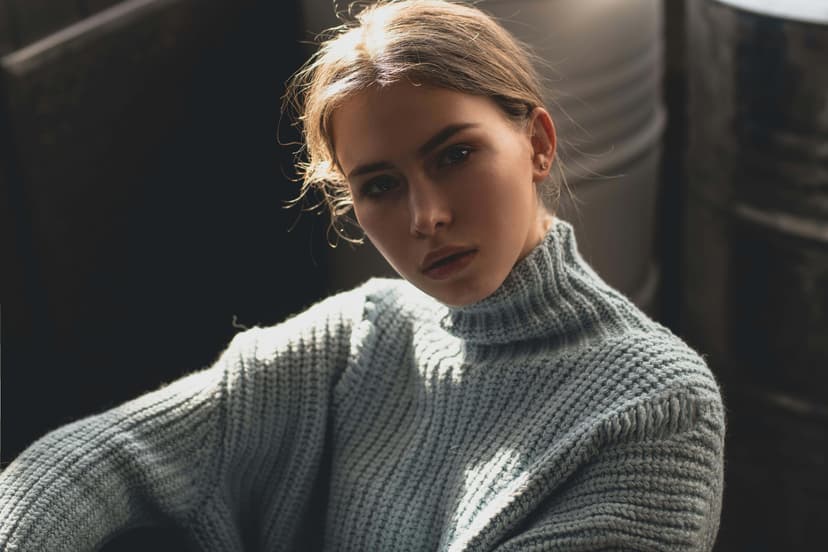Online shopping has transformed how we buy clothes, but one challenge has long remained: how to know if a piece will look good on you without trying it on in person.
- 70 % of fashion returns happen because size or style is wrong.
- Returns cost stores around $550 billion each year.
Virtual Try-On solves this by letting shoppers see how clothes look on their body before they pay. In this guide, we’ll break down what virtual try-on is, how it works, real-world examples, and how tools like Fashion Diffusion are taking it to the next level.
What Is Virtual Try-On?

Virtual try-on (VTO) is a digital tool that uses technology to let users see how clothing, accessories, or beauty products would look on them (or a virtual model) without physically wearing them.
For fashion, it means you can upload a photo of yourself, use your device’s camera in real time, or select a virtual model, and see how a shirt, dress, or outfit fits and looks from different angles.
Unlike static product images, virtual try-on creates an interactive, personalized experience that mimics the in-store fitting room—all from your phone, tablet, or computer.
How Does Virtual Try-On Technology Work?
Virtual try-on relies on a mix of technologies working together to create realistic, real-time experiences. Here’s a simple breakdown:
- AR (Augmented Reality): Many tools use AR to overlay virtual clothing onto a live camera feed of the user. This lets you move around and see how the clothes drape or move with your body.
- AI and Computer Vision: AI analyzes body shapes, sizes, and poses to ensure the virtual clothes fit naturally. It can adjust for different heights, weights, or body types.
- 3D Modeling: Clothes are often created as 3D models, which are then “worn” by a virtual avatar or the user’s digital image. This helps show details like fabric texture, seams, and how the garment falls.
- User Input: Some tools let you upload your own photos, choose body types, or input measurements to get a more accurate try-on experience.
Leading Virtual Try-On Examples Across Industries
Below are proven, real-world uses of Virtual Try-On (VTO) technology. Each example shows how brands let shoppers try clothes online for free or preview other products before purchase.
1. Fashion & Apparel
- Zara: Mobile app projects clothing onto the user’s live camera feed so shoppers see fit, drape, and length without visiting a store.
- ASOS: AI-powered avatars give size advice and show how items look on different body types.
2. Footwear
- Nike Fit: Scans feet with a phone camera and recommends the exact shoe size, cutting size-related returns.
- Gucci Sneaker Garage: AR lens on Snapchat lets users place sneakers on their feet in real time.
3. Eyewear & Accessories
- Warby Parker: AR overlay on faces shows frame fit, nose-bridge placement, and ear alignment.
- Rolex: Customers try watch models on their wrist to check dial size and strap color.
4. Makeup & Beauty
- L’Oréal Modiface: Used by Sephora and Ulta; shoppers test lipstick, foundation, and eyeshadow matched to skin tone.
- Garnier: Live camera preview of hair colors before dye purchase.
5. Jewelry
Virtual ring try-on: 3D bands scale to finger width for engagement or casual rings.
6. Furniture & Home
IKEA Place: Users drop full-scale sofas, tables, or lamps into their room to check fit and color.
7. Emerging Uses
- Tattoos: Upload a body photo, place a design, resize, and rotate before booking ink.
- Dental: Preview teeth-whitening or aligner results with a quick face scan.
Virtual Try-On with Fashion Diffusion: Try Your Own Designs on Any Body
For designers, small brands, or anyone creating fashion, Fashion Diffusion.ai offers a unique virtual try-on solution. Unlike many tools that only let you try on existing clothes, Fashion Diffusion lets you upload your own designs and see them on any body type, pose, or setting.
How does it work:
- Upload a sketch, photo, or digital design of your clothing.
- Choose from a range of virtual models with different body shapes, sizes, and poses.
- The AI-powered tool will apply your design to the model, showing how it fits, moves, and looks in detail—from fabric texture to how the garment sits on the body.
This is a game-changer for creators. Instead of spending time and money on physical samples, you can test designs instantly. You can adjust colors, patterns, or styles and see the results right away. It’s also great for sharing designs with clients, team members, or customers before production.
The Future of Virtual Try-On in Fashion
As technology improves, virtual try-on in fashion will become even more advanced. Here are some trends to watch:
- More Personalization: Tools will get better at matching individual body types, using data from user photos or measurements to create hyper-accurate fits.
- Better Fabric Realism: Future tools may simulate how fabrics react to movement, light, or weather—like how a wool coat looks in cold weather vs. a linen shirt in heat.
- Social Integration: Imagine sharing your virtual try-on looks on social media and getting feedback from friends before buying, or even letting others “try on” your designs.
- Metaverse and Virtual Worlds: Virtual try-on could expand into metaverse platforms, where you can design and try on clothes for your digital avatar, blurring the line between physical and virtual fashion.
Final Thoughts
Virtual try-on technology is no longer just a trend—it’s becoming an essential tool in fashion retail. By allowing customers to visualize outfits in real time, brands reduce return rates, build consumer confidence, and create more engaging shopping experiences. As AR and AI continue to evolve, virtual try-ons will shape the way people shop, merging digital convenience with personalized fashion.
With Fashion Diffusion’s Virtual Try-On, you can transform flat-lay fashion photos into lifelike AI model visuals in seconds. Just 4 simple steps, zero learning curve—boost your workflow and bring your collections to life effortlessly.
FAQs
Virtual try-on technology uses AI and AR to let customers see how clothes would look on them without physically trying them. It transforms flat-lay product photos into lifelike model visuals or overlays garments on live images for an interactive shopping experience.
Most tools work on smartphones, tablets, or computers with a camera and internet connection. No special equipment is needed for basic use.
By letting shoppers see how clothes look on their body (or a similar body type) before buying, they can make more informed choices, reducing returns due to poor fit or unexpected appearance.
Yes—tools like Fashion Diffusion let you upload your own designs and try them on virtual models. This is perfect for designers or brands creating custom clothing.
Fashion Diffusion makes it simple—upload your flat-lay fashion photos, follow four quick steps, and generate lifelike AI model visuals instantly. No learning curve required.





